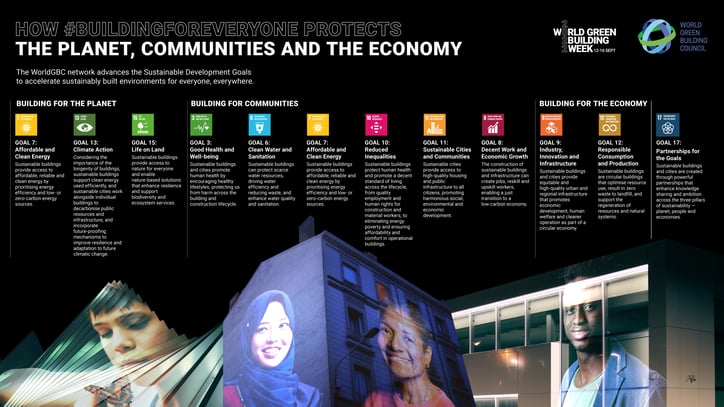- Group websites
- Knauf Insulation worldwide
- Corporate
- Albania
- Algeria
- Australia
- Austria
- Belgium
- Bosnia
- Bulgaria
- Canada
- Croatia
- Czech Republic
- Denmark
- Estonia
- Finland
- France
- Germany
- Greece
- Hungary
- Italy
- Japan
- Kazakhstan
- Latvia
- Lithuania
- Luxembourg
- Macedonia
- Malaysia
- Mexico
- Montenegro
- Morocco
- Netherlands
- New Zealand
- Norway
- OEM
- Poland
- Portugal
- Romania
- Russia
- Serbia
- Singapore
- Slovakia
- Slovenia
- South Africa
- South Korea
- Spain
- Sweden
- Switzerland
- Tunisia
- Turkey
- UAE
- USA
- Ukraine
- United Kingdom
- Knauf Insulation worldwide
- Group websites
- Knauf Insulation worldwide
- Corporate
- Albania
- Algeria
- Australia
- Austria
- Belgium
- Bosnia
- Bulgaria
- Canada
- Croatia
- Czech Republic
- Denmark
- Estonia
- Finland
- France
- Germany
- Greece
- Hungary
- Italy
- Japan
- Kazakhstan
- Latvia
- Lithuania
- Luxembourg
- Macedonia
- Malaysia
- Mexico
- Montenegro
- Morocco
- Netherlands
- New Zealand
- Norway
- OEM
- Poland
- Portugal
- Romania
- Russia
- Serbia
- Singapore
- Slovakia
- Slovenia
- South Africa
- South Korea
- Spain
- Sweden
- Switzerland
- Tunisia
- Turkey
- UAE
- USA
- Ukraine
- United Kingdom
- Knauf Insulation worldwide
- Home
- World Green Building Week
World Green Building Week
CLOSING THE LOOP IN THE BUILDING AND CONSTRUCTION SECTOR
Responsible for using more than 50% of all extracted raw materials in Europe and generating over 35% of all waste, you cannot have a circular economy without the building and construction sector.
That’s why Knauf Insulation is committed to delivering a circular economy – a message we are highlighting during World Green Building Week (WGBW).
With the theme of #BuildingforEveryone, this year’s edition of WGBW will stress how creating a circular economy requires the full commitment of all sectors, including the built environment.
However, as Marc Bosmans, Knauf Insulation’s Group Sustainability Director, explains, getting the sector to embrace the benefits of the circular economy requires a big change in mentality.
“We need to replace demolition, dynamite, and wrecking balls with sorting and recycling raw materials, taking back waste at the end of a product’s lifecycle and looking for new ways to recycle demolition waste,” he says.
USING MORE RECYCLED MATERIALS IN OUR PRODUCTS
At Knauf Insulation, we aim to manufacture our Rock Mineral Wool using more than 25% external recycled material, including waste from construction sites and ‘slag’ from the steel industry. We’re also working to manufacture our Glass Mineral Wool using over 65% recycled bottles and glass.
On top of this, whenever possible, we feed the waste created when producing these products back into our manufacturing process.
Thanks to efforts like these, we’ve reduced the amount of waste we send to the landfill by 67% over the past decade.
REDUCING PLASTIC PACKAGING
Before our circular friendly Mineral Wool is sent off for use as insulation in new buildings and renovation projects, it first has to be packaged – a step that has not escaped our circular vision.
“Plastic is the antithesis of everything the circular economy stands for, which is why reducing its use is a central pillar of our sustainability strategy,” says Marc.
Knauf Insulation is taking concrete steps to reduce the plastic used to package our Mineral Wool by more than 25% by 2025. When possible, we also take between 25 and 50% of the plastic film we use back from our customers for recycling.
ONSITE SEPARATION IS KEY
With change being the only constant, eventually buildings come down. When that happens in an ideal circular economy world, all the deconstruction waste – the masonry, wood, metal, gypsum boards, Mineral Wool and grit – is separated on site and sent to dedicated recycling centres.
Unfortunately, there’s still quite a bit of work to do before we create such a system. Not only do deconstruction companies, authorities and waste collectors need to be trained on how to get, preserve the material and develop logistic processes, we also need uniform, EU-wide regulation mandating better separation of deconstruction waste at the source.
CLOSING THE LOOP WITH RESULATION
Through its RESULATION service, Knauf Insulation is already helping ensure waste material gets from the deconstruction site to the recycling centre.
“Our RESULATION service, which takes back off-cuts and waste Mineral Wool from demolition and construction sites and recycles it at our plants, is a perfect example of how we’re closing the loop in the building and construction sector,” explains Thomas Baguette, Glass Mineral Wool Recycling Business Development Manager at Knauf Insulation.
In Germany, we provide our customers with RESULATION big bags to collect onsite scrap Mineral Wool. We then collect the bags, with the Rock Mineral Wool residue fed back into the manufacturing process and Glass Mineral Wool transformed into ceiling tiles. Meanwhile, in the Netherlands, we’ve launched a Recycle Club that collects and recycles Glass Mineral Wool residues from our modular building customers.
TURNING OLD INTO NEW
Recently we, as Knauf Insulation, opened our new RESULATION recycling plant in Belgium, giving our customers an opportunity to send Mineral Wool scrap – both our own and that coming from other manufacturers – for recycling rather than to landfill. The facility is specifically designed to transform scrap Glass Mineral Wool into the raw material we use to manufacture new insulation solutions.
“We’re taking old insulation that has been saving energy and emissions for many years and transforming into new Mineral Wool for a second energy-saving lifecycle,” says Thomas. “That is what we call closing the loop.”







